The Unsung Heroes of Jigging Rods: Guide Layout & Balance Design for Deep-Sea Fishing
When it comes to deep-sea fishing, few anglers give the spotlight to one of the most critical tools in their arsenal: the jigging rod. Specifically designed to handle the brute force of heavy heavy jigging rods and the precision required for elusive deep-water targets, these rods are defined by two often-overlooked features: guide layout and balance design. In this guide, we’ll dive into how these elements transform a standard rod into an unsung hero, ensuring smoother casts, better sensitivity, and ultimately, more successful catches.
Why Guide Layout Matters in Deep-Sea Jigging
The guide layout—the arrangement and spacing of the rings that hold your line—might seem like a minor detail, but it’s a game-changer for goofish jigger enthusiasts. In deep-sea environments, where currents are strong and fish strike with ferocity, a well-engineered guide layout does three things:
- Reduces Line Friction: Strategically placed guides (often with high-quality ceramic or titanium inserts) minimize drag as the line moves through the water. This is especially crucial with heavy jigging rods, which must withstand intense pulling forces without compromising line control.
- Enhances Casting Distance: A balanced distribution of guides—from the tip to the butt—ensures smooth energy transfer during casts. Anglers can reach deeper targets with less effort, saving time and energy in long fishing sessions.
- Improves Sensitivity: Properly spaced guides allow vibrations from fish bites to travel up the rod unimpeded. Whether you’re targeting marlin, tuna, or bottom-dwelling species, this sensitivity is key to reacting quickly and landing the big one.
Pro tip: Look for rods with guides that “step down” in size from the tip to the reel seat—this design optimizes line flow and reduces wind knots, a common frustration for deep-sea anglers.
The Art of Balance Design: Why Weight Distribution Is King
A heavy jigging rod is only as good as its balance. Unlike conventional rods, deep-sea jigging rods require a balance design that centers the weight around the angler’s grip, minimizing fatigue during hours of vertical jigging or trolling. Here’s why balance matters:
- Ergonomic Control: A rod that’s balanced (with the reel seat positioned to align the rod’s center of gravity) allows anglers to “point-and-shoot” with minimal strain on the wrists and forearms. This is vital for prolonged use in rough seas, where stability is non-negotiable.
- Precision Strikes: When a rod feels “neutral” in the hand, every flick of the wrist translates to intentional movement. For goofish jigster techniques that rely on quick, calculated motions to entice bites, this precision can mean the difference between a strike and a miss.
- Shock Absorption: Deep-sea fishing often involves sudden, violent headshakes from large fish. A well-balanced rod distributes this force evenly, reducing the risk of breakage and extending the lifespan of both the rod and the reel.
Manufacturers achieve optimal balance through careful weight distribution—often using high-modulus graphite for the blank and pairing it with lightweight, durable reel seats. The result? A rod that feels like an extension of the angler’s arm, even in the most challenging conditions.
Choosing the Right Goofish Jigger for Your Needs
Not all jigging rods are created equal, and the key lies in aligning the guide layout and balance design with your fishing style and target species. Here’s a quick guide:
- For Heavy Jigging: Opt for rods with robust guides (at least 40-60 tons of breaking strength) and a mid-to-forward balance point. This setup handles large, heavy jigs (think 500g–2kg) and resists bending under pressure.
- For Technical Jigging: Look for rods with closer guide spacing (especially in the tip section) and a neutral balance. This allows for delicate presentations and precise “yo-yo” jigging techniques.
- For Deep-Sea Expeditions: Prioritize rods with corrosion-resistant materials (e.g., saltwater-grade aluminum reel seats) and a balance design that accommodates large reels—your back (and your catch) will thank you.
Final Thoughts: The Unsung Heroes Deserve Recognition
While flashy reels and high-tech lures often steal the show, it’s the heavy jigging rod—with its thoughtfully engineered guide layout and balance design—that truly enables anglers to conquer the deep. These details aren’t just about performance; they’re about safety, efficiency, and the sheer joy of landing a once-in-a-lifetime catch.
Next time you’re prepping for a saltwater adventure, take a closer look at your jigging rod. Invest in one that prioritizes these often-overlooked features, and watch as your confidence—and catch rates—soar. After all, in deep-sea fishing, the right tool can make all the difference between a good day and a great one.
Ready to upgrade? Explore our selection of premium jigging rods designed with expert anglers in mind—where balance meets brawn, and every detail is engineered for the hunt.



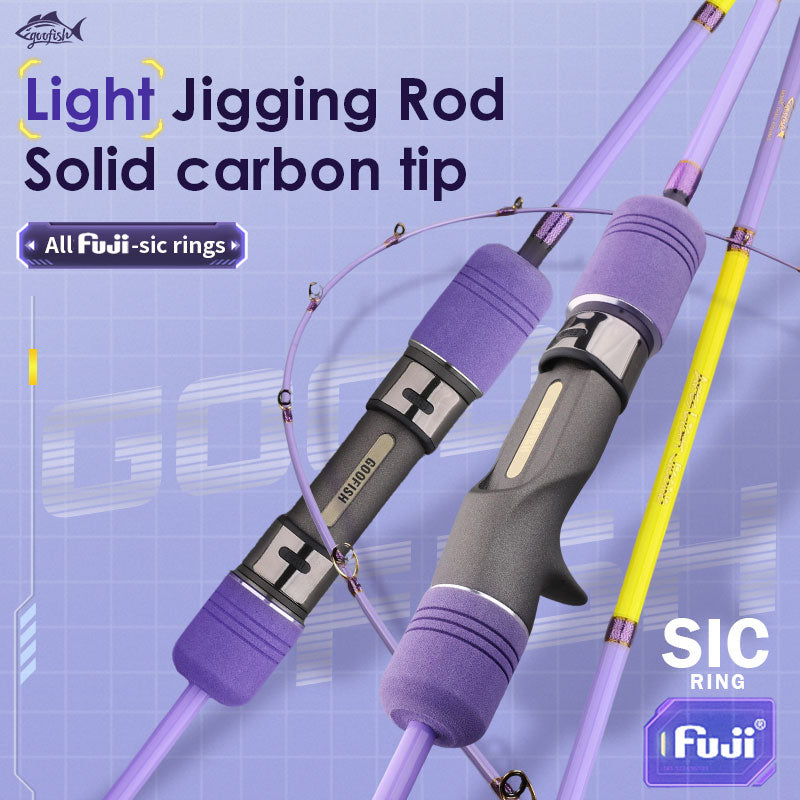
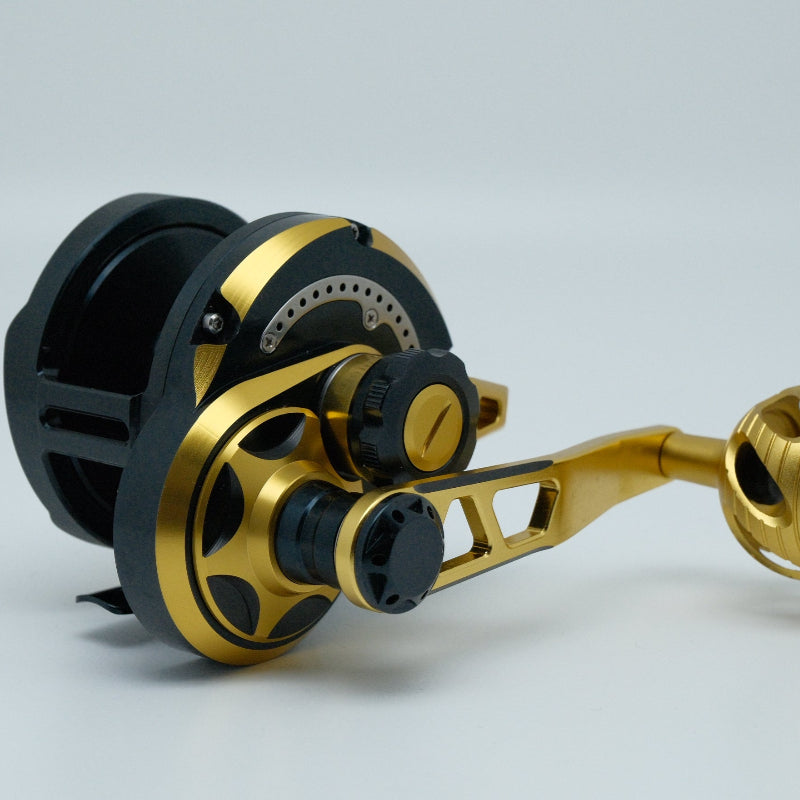
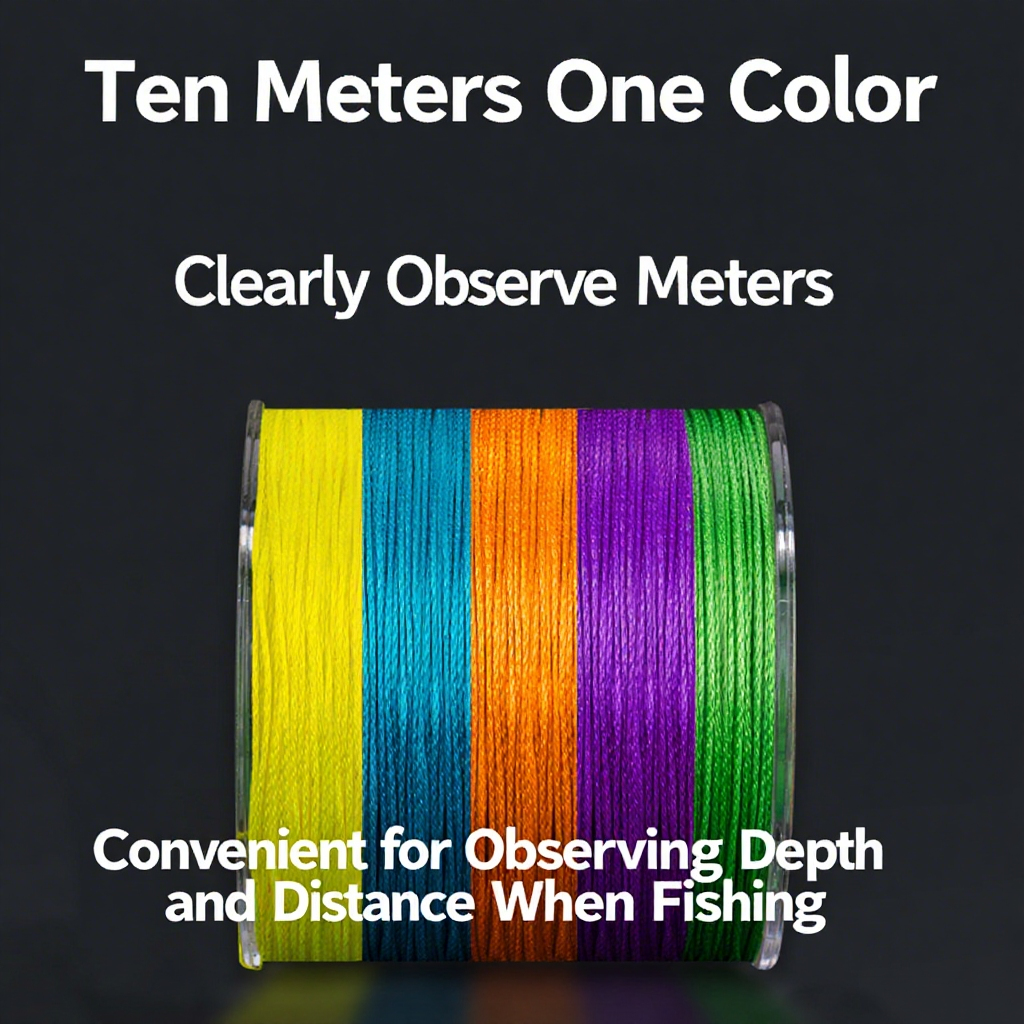
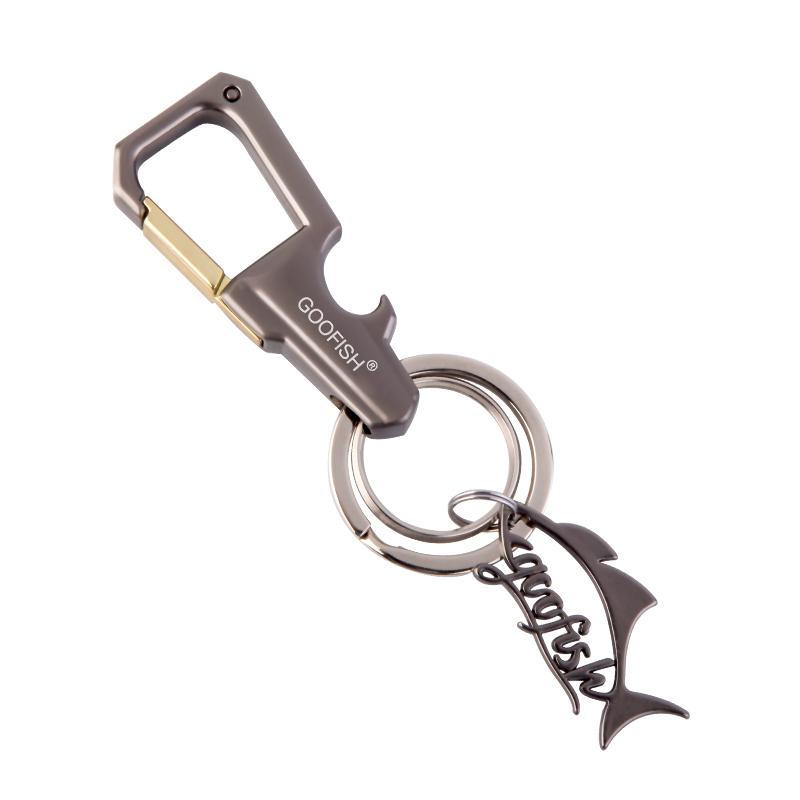



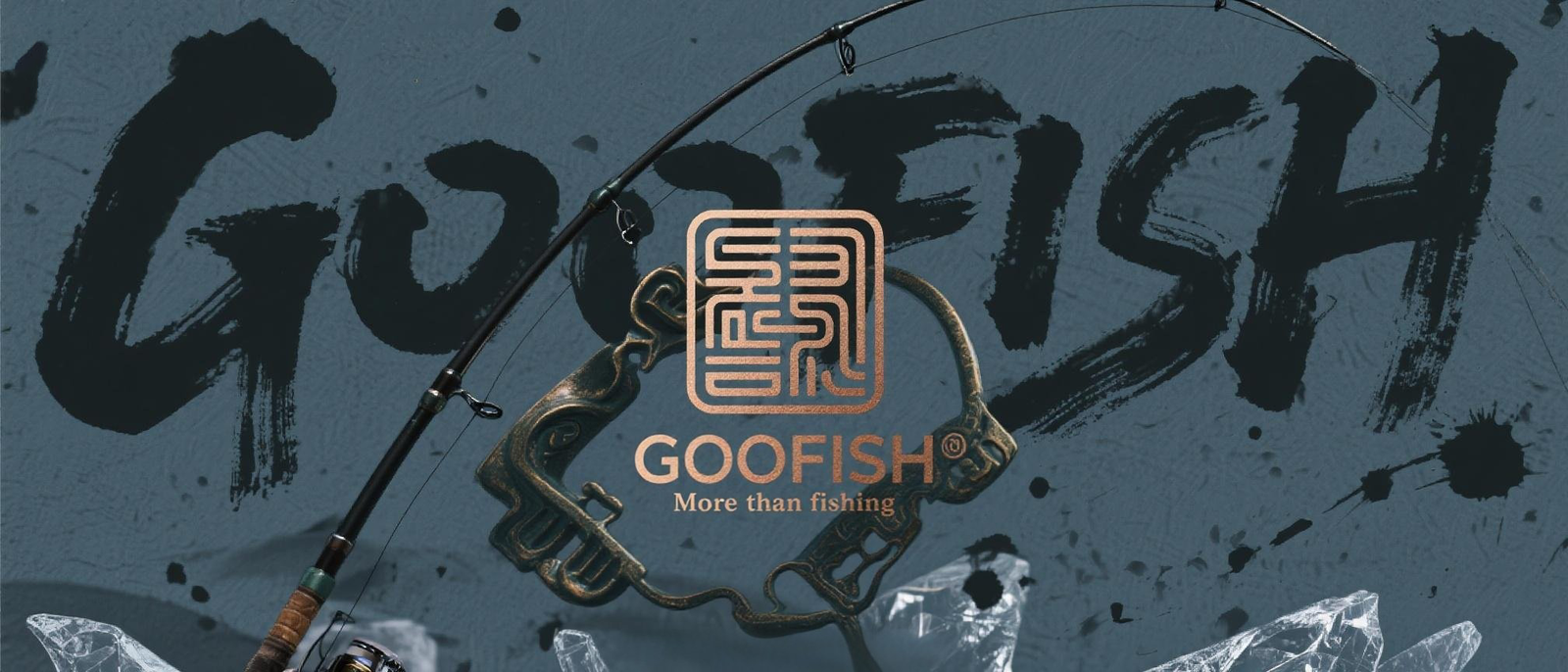
Leave a comment